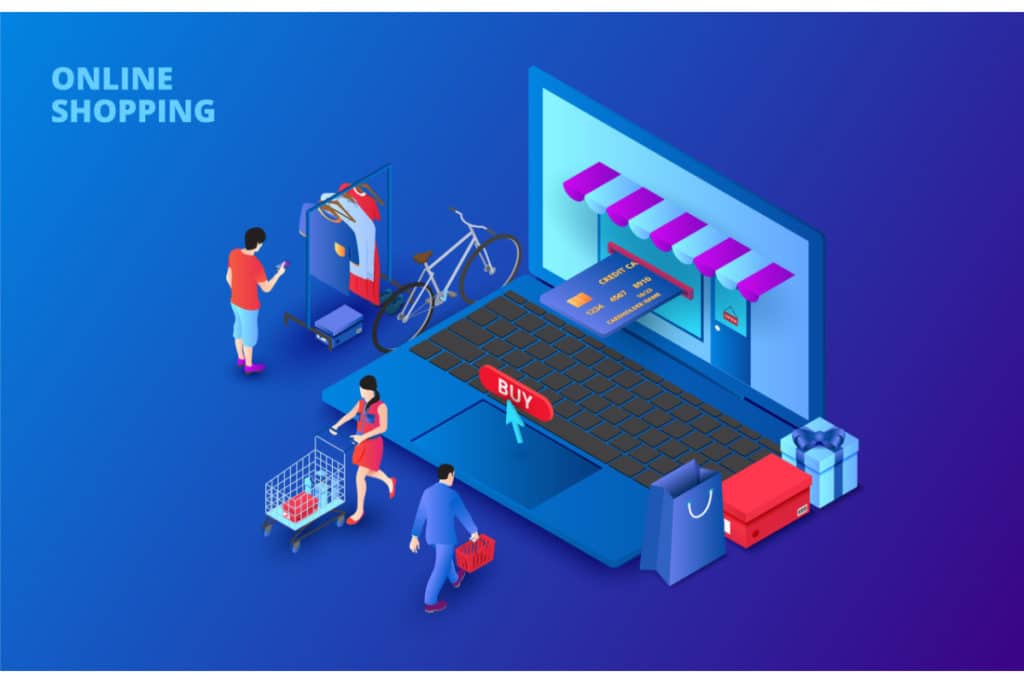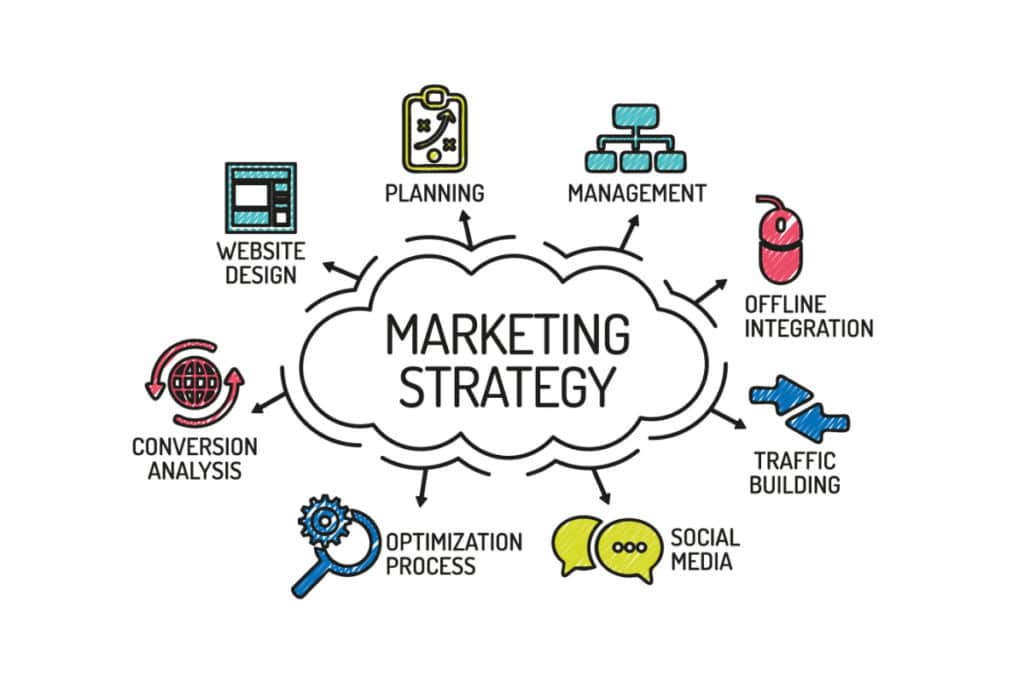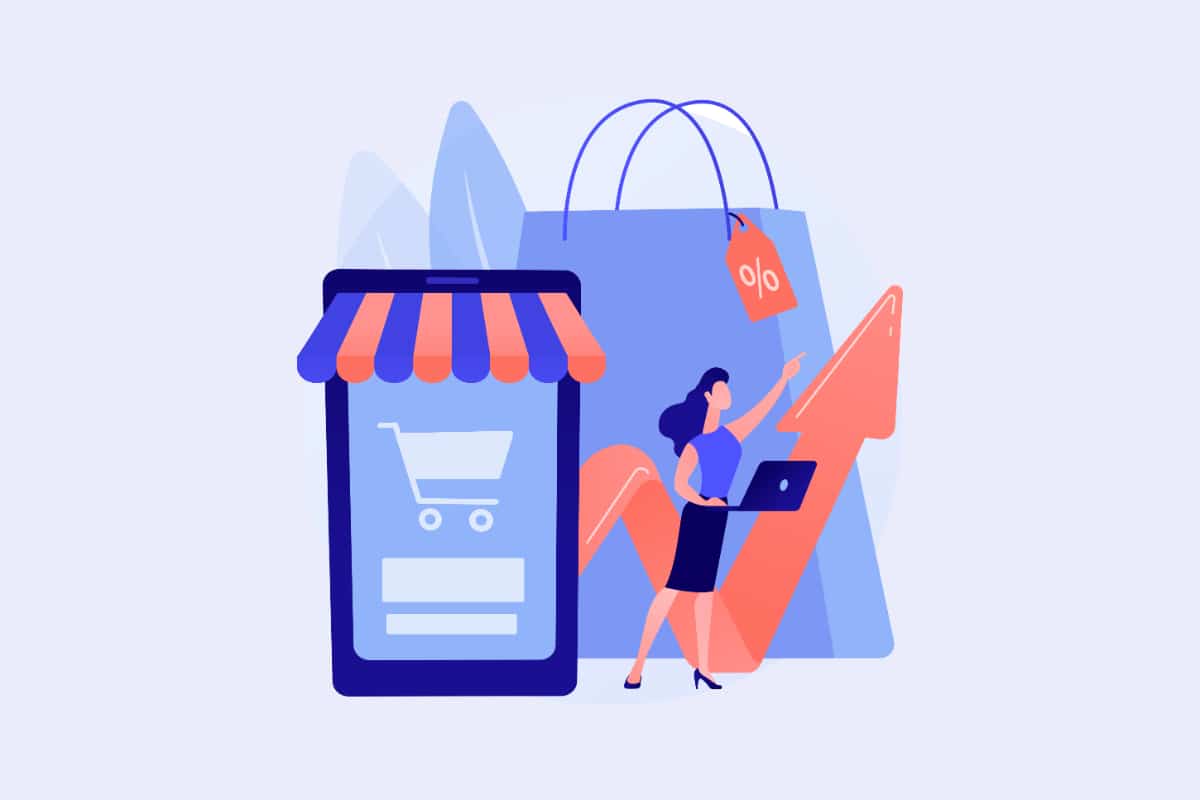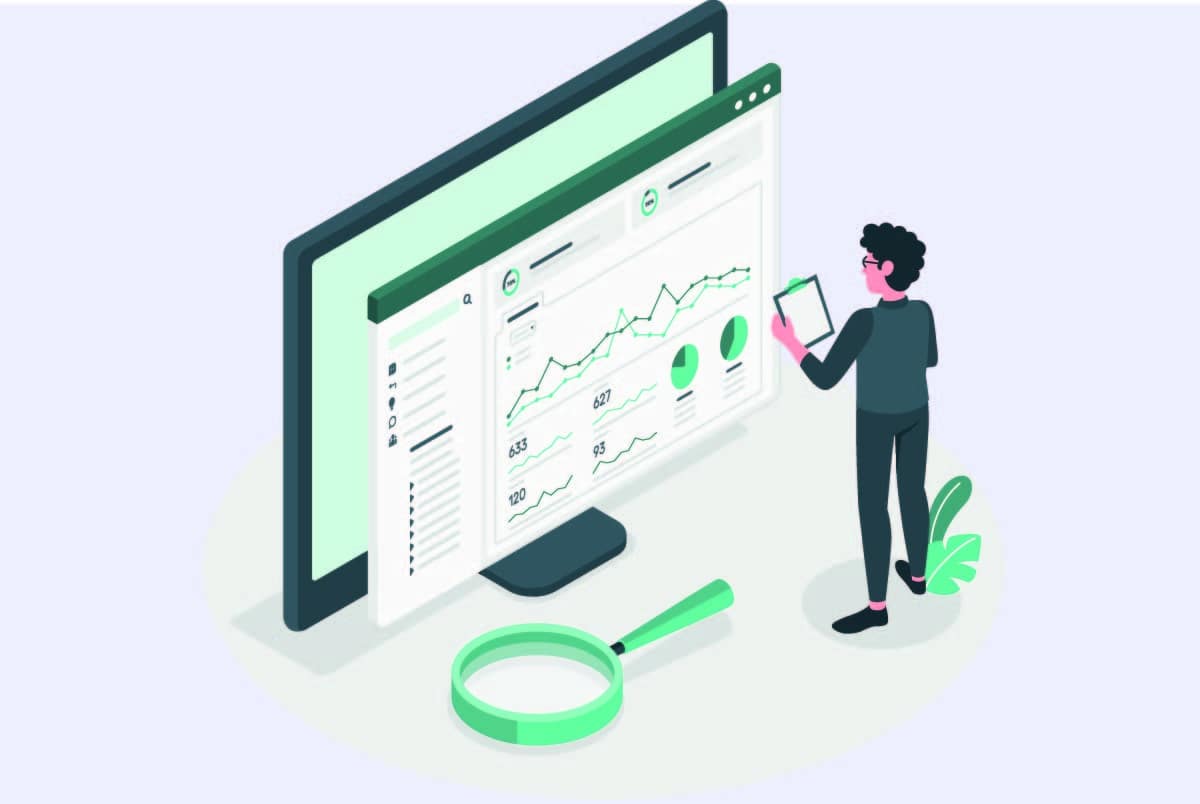In 2022, E-commerce is a growth industry all over the world. The idea is very simple on the surface. All you have to do is put a catalogue of products you own or have a good supplier of online and make sales from your computer. This definition is very vague and just gives you an idea of the business model. So how do you get into ecommerce?
You will need a website (online shop) and quality traffic to make sales. Generating regular traffic and implementing marketing strategies will help your business last over time.
To succeed in e-commerce it is important to prepare yourself because it is not an El Dorado either. You will have to work hard to get the results you want. There are many challenges that await you if you want to set up an online shop and fortunately there are effective solutions to overcome them. So, if you don't know where to start, this article gives you some valuable tips on how to start an e-commerce business.
1. Train yourself in the professional use of digital
Many candidates enter the e-commerce business without any marketing skills. You really need to develop your digital marketing skills and, above all, know how to use the various IT tools. So, setting up an e-commerce business may seem very easy to you? You are not totally wrong.
However, don't forget the fact that, above all, setting up an e-commerce business involves mastering several parameters. You must be adaptable and organised to work on several interfaces. With explanations, everything will seem simple and familiar. If all this seems difficult to you, we can reassure you that these different settings are quite simple and easy to understand.
Getting trained is undoubtedly a crucial step for your future success in e-commerce. This is all the more important given that trends and best practices in these areas are constantly evolving over time. It is for this very reason that you must prepare yourself beforehand by training properly for the launch of your online sales activity. You will find that it will be much more profitable and beneficial for your business.
The training stage is very important, as you may have already realised. So, to find the right training for you, we recommend that you take a look at the free content offered by some trainers. If you find the free content rewarding enough and the trainer matches what you are looking for in a mentor, don't hesitate to send him/her an email. Generally very friendly you will get a response to your request and we can guarantee that it is not the kind of investment you will regret.
2. Define your project well

You agree that it would not be very smart to start an activity without a real plan or without having clearly defined your objectives! It would be like throwing yourself into the sea without knowing how to swim. It is true that success stories motivate and make people dream. As a result, the online sales business seems easy. But, in reality, those people who have succeeded in this activity have achieved it through excellent preparation, passion and perseverance.
So first you need to understand that setting up and running a webshop is not something you can improvise. It is like a physical retail shop. Your desire to start up a webshop must come from a serious project that you are truly passionate about. In this way, you will be able to overcome any difficulties you may encounter along the way with the same motivation.
So define your project clearly and precisely. To do this, you can start by carrying out a " SWOT" analysis. This will involve answering 4 main questions about your future e-commerce activity:
- What are the strengths (S) of your project?
- What are the weaknesses (W) of your project?
- What are the opportunities (O) of your project?
- And what are the threats (T) to your project?
3. Clearly define your target and product range
Now you are sure that e-commerce is for you. Now it's time to ask yourself what you will sell and who your customers will be in the future. Define your target customersIt is essential to define your customer base, to know their needs, their expectations and their buying habits on the web. It is this analysis that will help you to propose to your target group an offer of products or services that will precisely meet their needs. It will also allow you to set up a platform that matches the typical profile of your future consumers.
Once you are clear about who your future customers will be and have identified their different needs, you can define your product range. It is important to choose a product niche that suits you so that you can offer effective marketing campaigns very easily to your future customers. Do not hesitate to review all the product niches and categories to make the right choice. If you opt for a much more original approach to the concept, we recommend that you choose your products based on your intuition and your passions.
You can also choose your products based on current market trends, i.e. take products that are already working well for your future competitors. This is an approach that seems much easier, however e-commerce is already a fairly competitive business so it is hard to imagine the work needed to differentiate yourself from your competitors for whom the product is already working well. So this approach has already given rise to some big brands, however, quality work has always been the key to setting yourself apart from existing sites.
Whatever approach you use to choose your future products, remember that the biggest job in developing your business will be your marketing. Good marketing and a good corporate image will help you convert visitors who are potentially interested in your products. Always define good marketing angles and offer yourself a very professional website with very convincing customer reviews.
4. Study the competition
You are starting an e-commerce business! So, you must obviously expect to face competitors on the market. So, with regard to the products in your range, you should ask yourself a few questions:
- who are your competitors?
- what products do they offer in their catalogues?
- what are their strengths and weaknesses?
- how can you be inspired by their offer?
- how can you distinguish yourself from your competitors?
Finding answers to these questions will help you to analyse your competition. You can then look for the best ways to make your products and services unique. It should also be noted that there are best practices in e-commerce that you can adopt. Try to find out if your competitors apply them so that you can incorporate them into your business from the start.
5. Choose between a SaaS solution and a hosted CMS
You will have to decide which e-commerce solution you think is best and which you will use. But first you need to decide where you will sell your products online. Will you sell your products on a marketplace or on your own e-commerce site? Marketplaces are mainly Cdiscount, eBay, Amazon,... On the other hand, you can choose to open your own online shop. In this case, you will work more but you will be totally independent.
When you decide to create your own website, you have to choose your e-commerce solution. A SaaS solution or a hosted CMS? The SaaS solution does not require any technical skills. It is a turnkey platform. The most commonly used SaaS solutions are Otaxis, Wizishop and Shopify.
On the other hand, if you prefer to use a CMS to create your site, it will be up to you to contact a web agency or to manage your hosting. In reality, a CMS (Content Management System) allows for optimal design and management of your website. For your e-commerce, you can use Pretashop, WooCommerce, Magento, etc. It is up to you to make the choice that seems best to you according to your budget, your objectives and your technical affinities.
If you have opted for training as suggested above, you can reduce your costs at the beginning of your business by making your own online shops. It is quite intuitive and easy to understand. If you are resourceful, with skills and motivation building your own sites is the best solution.
6. Build your brand

Once your project, target group, objectives and development plan are well defined, you can create your brand. Defining a visual identity for your brand is essential. At this level, be creative and set up your visual identity with care and originality. Your logo, the design of your website, the style, the colours, the domain name,... must be attractive.
You can easily attract prospects, as your branding and design will immediately transport them into your world. A good solution is to use the services of professional graphic designers.
7. Put your products online
Once your site is created and set up properly, you can add the products you offer to your site. You will need to create a quality, rich catalogue that effectively displays all your products.
Therefore, you must present your products through high quality photos, explanatory videos, but especially through detailed descriptions. The descriptions are small texts that will praise your products and promote the referencing of your online shop. Above all, do not neglect them, and make sure that their content is of high quality in order to encourage your prospects to take action. This is a task you will need to take seriously from the start, so that you are not delayed when your site is created.
8. Set up your shop
The setup of your shop will allow your visitors to enjoy a very pleasant user experience. But also reassure you that your sales activities will comply with the standards in force. Therefore, make sure that the technical parameters of your shop(payment methods, terms and conditions, etc.) are properly configured.
In addition, you need to organise the flow of products well: stocks, deliveries and returns. These are important factors which, if properly defined, will help you to carry out your e-commerce activity efficiently.
9. Establish quality traffic sources

With a solid marketing plan, you can attract a large number of prospects from all over the world. You will be able to convert them into customers and keep your customers coming back. To achieve this, you need to choose the levers you want to work on to make your products known and increase your sales. You will take into account Google shopping, natural referencing, traditional communication and social networks.
In 2022, we strongly recommend paid advertising. They are very effective and allow you to get your results quite quickly. You have among others Facebook ads (from Meta), Google ads (from Google) and influencer marketing. These three means allow you to have a certain visibility depending on your budget.
Facebook ads
Facebook ads will allow you to place ads on several facebook spots from where visitors will be redirected to your shop if your ad is convincing enough. The minimum budget required is 10$ to let you imagine how often it costs nothing. No wonder Facebook ads are the preferred source of traffic for many online shops. It also offers you the possibility to easily scale your business by simply increasing your budget on the ads that work to reach more people and therefore sell more.
Google Ads
Google ads offers you a privileged position on your target queries in order to maximise redirects to your shop. Unlike Facebook ads, here the number of searches on a keyword is often known and you will not have the possibility to increase your budget to sell more as with Facebook ads. It's a slow source of traffic but it's still effective.
Influence marketing
Here you simply have to do product placement with your target customers' favourite influencers. This way you can take advantage of their public image to give confidence to your potential customers and generate maximum profit.
In addition, to really boost your sales, consider implementing a good editorial strategy. Indeed, you need to offer your consumers quality and interesting content on your pages. One way to do this is tolink your e-commerce to a blog. This way, you can address several themes and build a relationship of trust with your target customers.
10. Get started!
Then it's time to take the plunge! Your business plan is well established, your strategies are in place and your products are online. With all your motivation, you can launch your e-commerce shop. Your various traffic sources will bring in visitors and it is the offer that will boost conversions. Again, don't hesitate to check that your offers are hooked and you can sit back and wait for your first sales.
The length of time may vary depending on the type of traffic you have chosen. Once the orders have come in, all that follows is to manage your business well, always ensuring that your customers are satisfied with the quality of your service. Do not hesitate to delegate this part as it can quickly take up a lot of space.
How to get started in ecommerce: in brief
To sum up, before launching into e-commerce, it is essential to do some preparatory work. You must therefore define your project, your target clientele and your offer. This will be followed by a number of steps that will enable you to really launch your business.
So are you ready to go? Do you have any other tips to add to our non-exhaustive list? If so, please feel free to reply in the comments.




